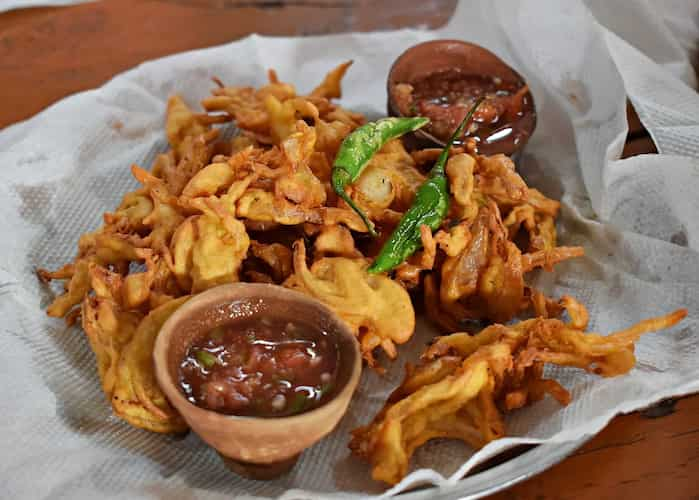It is not easy to wake up to the news of our bleeding economy every day. The market had not even recovered from the blow of pandemic, and now with the ongoing war between Russia and Ukraine, it seems like relief is far. Economies boom and decline, and there’s little we can do about it. What we have mastered is making the most of what is available, and try to fight inflation in our own ways, one jugaad at a time. Indian kitchens, and the cooks inside, especially are known to employ countless tips and tricks that can not only save you a lot of time but money too. You are well aware of how previous nights’ vegetables make their way in the next day’s khichdi...and other ways we desis ensure minimum wastage of food. Here's our tribute to our grandmothers who absolutely ruled the ‘kitchenomics’ with their ingenious cost-effective ways.
Stellar Storage Methods:
Back in the day, people didn’t have enough room or proper containers to store everyday food like rice, wheat, sugar et al. Remember how our grannies would practically sit for hours to remove pesky insects from rice? But insects could creep up into rice grains if they were sitting idle for too long, and the same held true with sugar and salt too. It is a traditional hack to sprinkle some cloves in the container holding sugar and salt. This helps prolong the shelf-life of both the items. To preserve a jar-full of rice, you can add 2-3 tsp of coconut oil to the jar and mix it well. Heat the oil and then cool it down before adding it. This is again a traditional, but effective tip to preserve rice for a long time.

Peels And Their Appeal:
While the ‘zero-waste’ cooking is emerging as one of the top food trends recently, Indians have always had a penchant to use every little ounce of the food, be it vegetable, fish or meat. While dealing with veggies, the peels are usually the first to be tossed out. But dishes like Chamakura kadala pappu (Dal with colocasia leaf stalks), Peerkangai thol chutney (chutney made with ridge gourd skin), banana peel vada, aloo kosha bhaja (potato peels fried with poppy seeds) are proof how peels, stalks and other discarded items of vegetables can also be used to make delicacies.

Pakodas To The Rescue
India is not just the land of off-beat chutneys and pickles, but equally quirky pakodas too. A delicacy that makes me very nostalgic is rice pakoda, all the left-over rice, would be mixed with besan and chopped onions to yield delicious pakodas. This not only helped prevent wastage but also add considerable weight to our daily lunches. In India, you can make a pakoda out of anything, rice, lentils, veggies and meat. And since using left-overs is not barred, the options increase manifold.

Using Fish Heads And Tails
Fish is eaten across the country, by many communities spread across India. Be it sea fish, or river fish, they come with parts that are not particularly fleshy and filled with bones. While it may seem inedible to few, dishes like Macher Muro Diye dal, a Bengali dal preparation cooked with the fish head are proof how something as complex like fish head could be used for something tempting. Even fish oil and fish tail are fried and cooked in curries, making for a delightful meal option.


